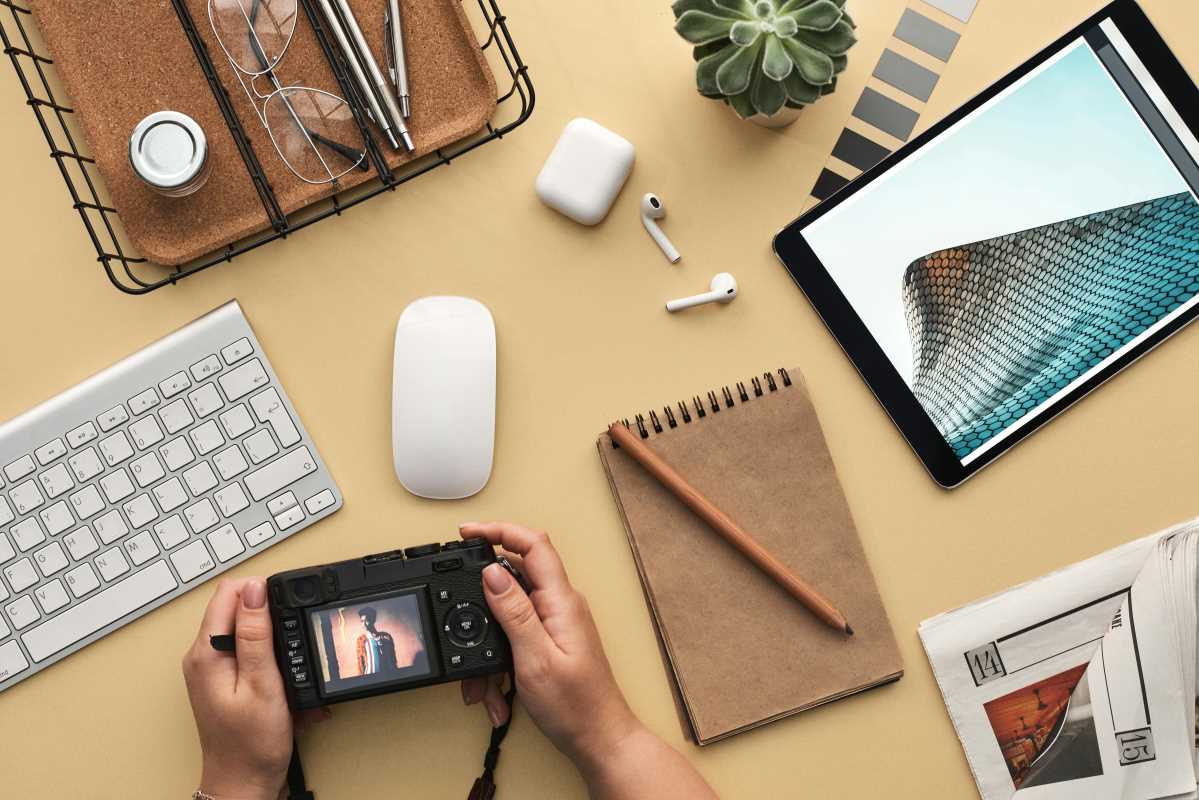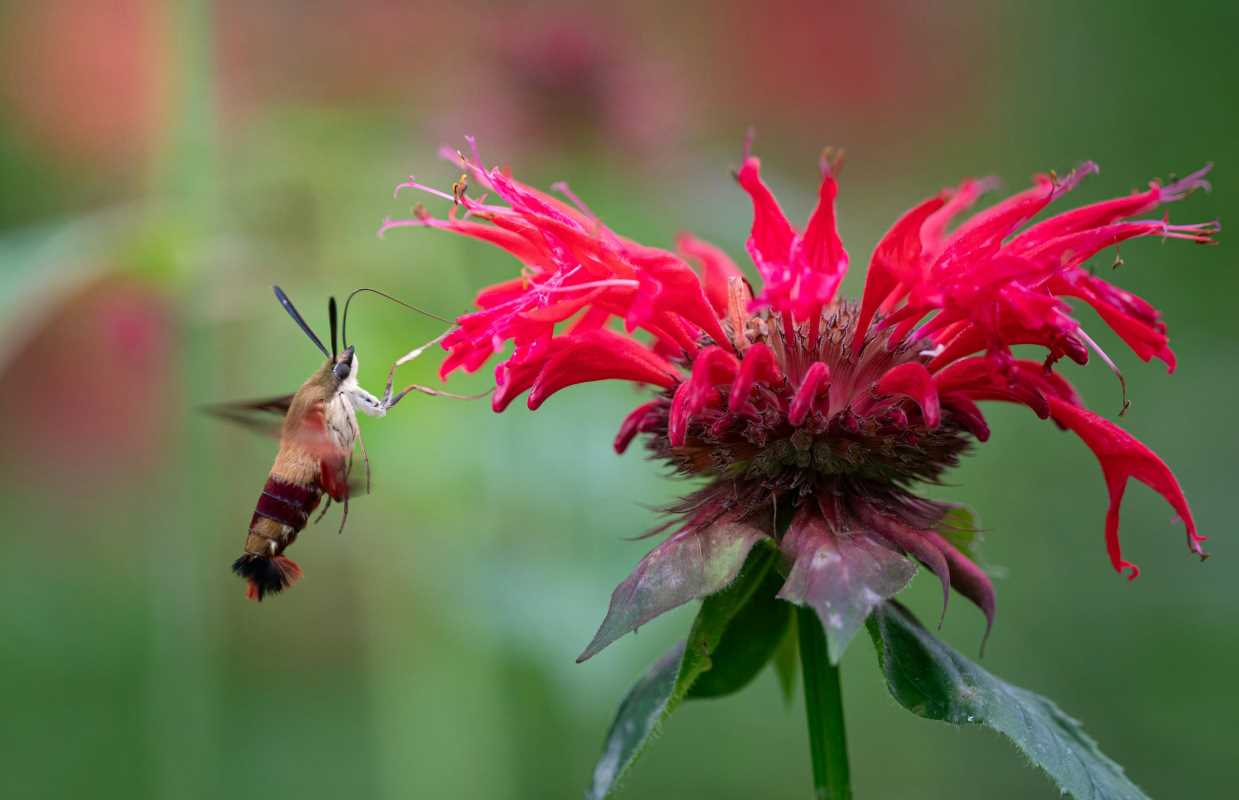Crafting a unique masterpiece in any form—be it art, music, writing, or another expressive medium—demands dedication. It's crucial to ensure that your efforts remain secure and that your creations stay under your control. By grasping the concept of your creative rights, you can protect your passion effectively. This knowledge not only shields your work but also insists that others respect and appreciate the value of what you've brought to life. Embracing this understanding empowers you to preserve the integrity of your creations, allowing them to shine without compromise or infringement.
Understanding Creative Rights
- Copyright: Protects original works of authorship, such as books, music, and artwork, giving creators exclusive rights to use and distribute their work.
- Trademark: Protects symbols, names, and slogans used to identify goods or services, helping to distinguish your brand in the marketplace.
- Patent: Protects new inventions or processes, allowing creators to control the use and implementation of their innovations.
- Trade Secrets: Protects confidential business information that provides a competitive advantage, such as formulas, practices, or designs.
- Performance Rights: Protect the live performances of artists, ensuring they receive compensation for their work when performed publicly.
- Moral Rights: Protect the personal and reputational value of a work, allowing creators to object to derogatory treatments of their creations.
- Licensing: Allows creators to grant permission to others to use their work under specific conditions, often in exchange for royalties or fees.
Common Challenges Faced by Creatives
- Unauthorized Use: Many creatives discover their work used without permission or proper compensation.
- Solution: Regularly check the usage of your work online and offline. Use tools like Google Alerts or copyright monitoring services to track unauthorized use.
- Complex Legal Processes: Navigating the legal aspects of protecting creative rights can feel overwhelming.
- Solution: Seek advice from legal professionals who specialize in intellectual property.
- Economic Constraints: Not all creatives have the financial means to pursue legal action against infringers.
- Solution: Explore affordable legal services or nonprofit organizations that support creatives. Consider alternative dispute resolution methods like mediation.
- Global Protection: Protecting your work internationally adds another layer of complexity.
- Solution: Understand the basic intellectual property laws of key markets where you distribute your work. International treaties like the Berne Convention can also be beneficial.
Practical Tips for Protecting Your Work
One of the simplest ways to protect your creative work is to clearly mark it with the appropriate copyright notice. This deters potential infringers and provides a clear statement of your ownership. For example, adding "© 2024 [Your Name]" to your artwork or written pieces signals that the work is protected and cannot be used without your permission.
Another effective approach is to use digital tools to safeguard your creations. Watermarking images, using DRM (Digital Rights Management) for digital content, and keeping detailed records of your work's creation process can provide evidence in case of disputes. Regularly updating your portfolio and maintaining backups ensures that you have access to your original files and can prove your ownership if needed.
Practical Tips for Protecting Your Work
Always keep detailed records of your creative process, including drafts, sketches, and versions of your work. This documentation serves as evidence of your originality and the progression of your ideas, which can be crucial in legal disputes. Registering your work with the appropriate intellectual property offices provides an extra layer of protection and makes it easier to enforce your rights.
Engage with your community and network with other creatives to stay informed about best practices for protecting your work. Joining professional associations or online forums can offer support, resources, and advice from others who have successfully navigated similar challenges. Sharing experiences and tips helps you develop effective methods for safeguarding your creations.
Utilize contracts and agreements when collaborating or licensing your work. Clearly outline the terms of use, compensation, and any restrictions to ensure that all parties understand their rights and responsibilities. This clarity helps prevent disputes and ensures that your creative vision receives the respect it deserves.
Regularly review and update your protective measures as your career progresses. As your body of work grows, so do your needs for protection. Stay informed about changes in intellectual property laws and adapt your approach to ensure continued protection for your evolving creative endeavors.
Understanding your creative rights is crucial for protecting your work and ensuring its longevity. Be informed and proactive in safeguarding your creative passion today.







